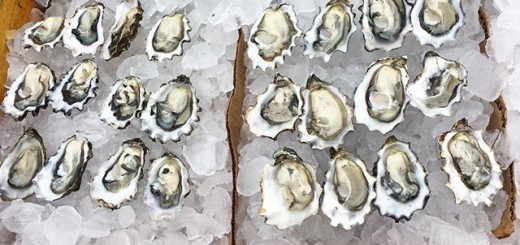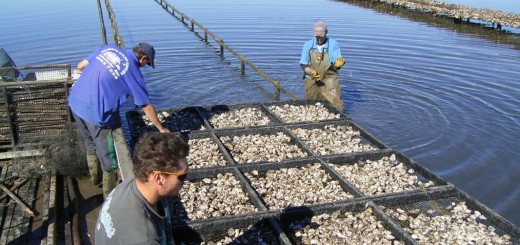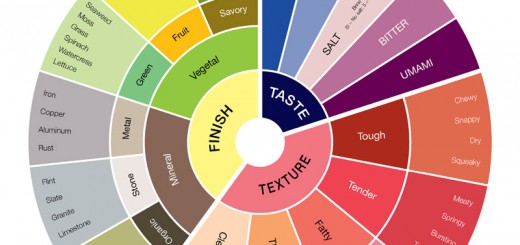Cultural History and Business of Oysters
Humans have had a relationship with oysters for a very long time, and it generally hasn’t turned out too great for the oysters. Throughout history wherever humans discover an excess amount of oysters, they have been mercilessly harvested until the population is exhausted before moving on to the next oyster bed. Back in 1681, France declared their natural oyster banks to be “inexhaustible.” Seventy years later they were gone. In 1601 a harbor in New York had billions of oysters growing naturally, until 1870 when they were completely wiped out. In 1880 Chesapeake Bay was producing 100 million oysters a year. Now it’s producing less than a million. Again, Shoalwater Bay used to be the home to billions of natural oysters, but between 1850-1890 it supplied most of the oysters on the west coast until eventually, they were gone.
Clearly there is a pattern here, but why care? Well, oysters are filter feeders. Without filter feeders to make the water clear, less sunlight will reach the bottom of the water, making it harder for aquatic plants to grow. These plants provide food and shelter for fish and other aquatic creatures.
With natural oyster beds depleting, growing and farming oysters started to gain traction. The first lease of land for oystering was in New York in 1855, with other states following closely behind. By the 1880s, oyster farming had taken over the industry, and for the better too. Oysters need good clean water to grow well and to taste good. This fact is very important to shellfish companies, who put a lot of time and money into maintaining and improving water quality in their area.
Written By: Gabe Needham






